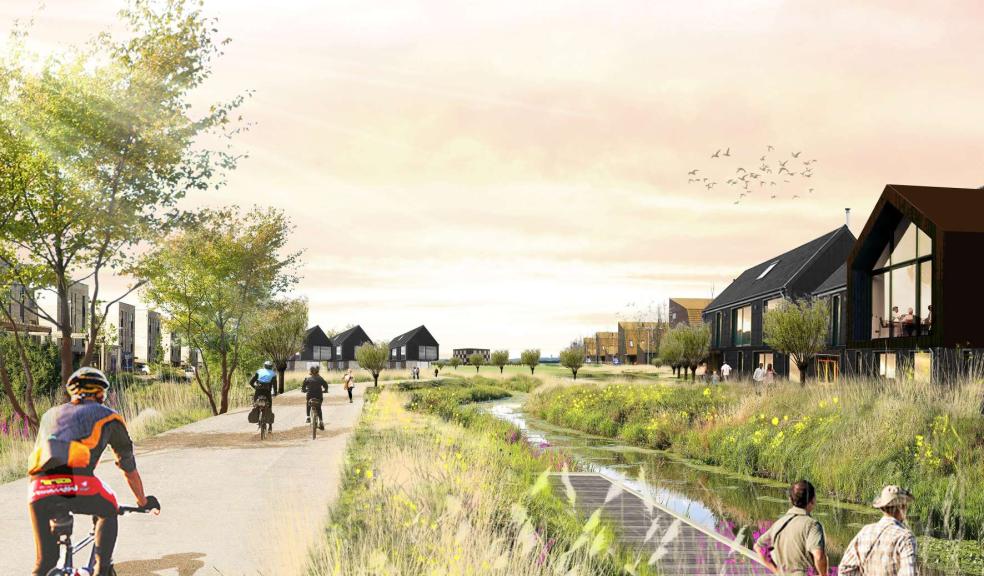
How to Identify Locations for Sustainable New Settlements by Matt Clarke, Director, Boyer, and Head of Boyer’s Colchester office
This is, of course, the “million dollar question” when it comes to pin-pointing sites that could be successfully promoted and developed as new settlements or strategic urban extensions.
Based on experience of strategic sites that I have been involved in the promotion of during my time at Boyer, I would say that for both standalone new settlements and larger urban extensions a crucial factor is the relationship of the site to a higher order town or city.
The importance of this relationship lies in the ability to provide sustainable access to a wide range of facilities and services, including most notably employment opportunities, but also to education, retail, and leisure uses and cultural attractions. Another aspect of this accessibility is the ability to secure high quality public transport connections to these facilities, notwithstanding the potential to internalize trips within the new community though the provision of an appropriate and carefully conceived mix of uses as part of the development itself.
For Waterbeach new town just north of Cambridge, this will be achieved through a new, accessible, railway station to serve the new town and existing village (relocating this from its current position to the south of the village), in addition to creation of a new guided busway. The site’s location adjacent to the Ely to Cambridge railway line, and ability to deliver a new railway station have therefore been key ingredients, with the local planning authority attaching great importance to this new facility being in place at an early stage of the development (within the Local Plan allocation, SPD and the draft planning permission) in order to drive sustainable travel patterns from the outset. Provision of interchange facilities at the new station, to facilitate transfer to bus services or cycling (through ample secure, covered bike parking space) has also been an important design consideration.
For urban extensions this may be less critical as the site may relate more closely to existing facilities and services, including public transport, albeit the ability to secure high quality services is still likely to be a relevant consideration. For Gilden Park in Harlow, it was possible to tap into the existing bus services in order to secure their extension into the site. The delivery of enhanced walking routes to the nearby railway station was also a requirement, reinforcing the importance attached to supporting active travel and non-car modes.
Whilst not necessarily critical, it can be seen that the presence of an element of previously developed land has often assisted the case for new settlement options, with former military sites typically giving rise to such developments. Naturally, such an approach chimes with the principles of well-established policy and guidance, but can also offer scope to utilise existing infrastructure associated with these former uses.
In terms of how the Waterbeach scheme came about, the presence of the large army barracks and confirmation that this would become surplus to requirements from an operational perspective, was certainly a factor leading to its selection for allocation in the 2018 South Cambridgeshire Local Plan.
As noted above, the presence of the railway line to the east of the site led to the logical inclusion of additional intervening greenfield land that ultimately gave rise to the site that was eventually allocated through the SCDC Local Plan.
Other locational factors supporting identification of the site for major strategic growth included its position immediately outside the Green Belt that surrounds Cambridge, and the fact that new settlements had already become an established part of the strategy (through Bar Hill, Cambourne and Northstowe) for accommodating growth in the Cambridge sub-region, in order to sustain its economic potential whilst safeguarding the compact, historic form of Cambridge as a city.
Waterbeach, already a thriving new community but also very much a work in progress, offers a text-book example of best practice in developing a new community.









